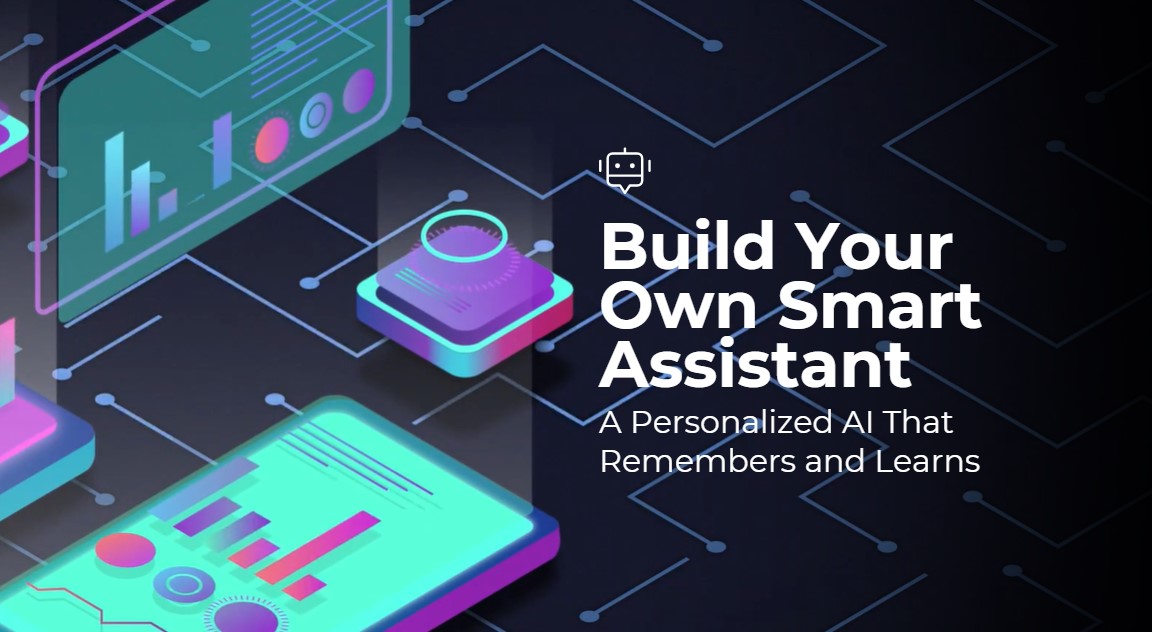Ever wished for a digital assistant that actually gets you? One that remembers your favorite hobbies, recalls past conversations, and pulls accurate answers from a reliable knowledge base? With a little Python and LangChain, you can build exactly that—a conversational AI that feels more like a helpful friend than a generic chatbot.
What You’ll Create
Your AI assistant will:
- Remember personal details (like your dog’s name or favorite food).
- Fetch precise information from a knowledge base you customize.
- Give tailored suggestions based on what it knows about you.
Example Interactions
- Personal Memory
- You: “I’m really into kayaking.”
- AI: “Noted! Next time you ask for weekend plans, I’ll suggest some great kayaking spots.”
- Fact-Based Answers
- You: “What’s the capital of Portugal?”
- AI: “Lisbon—known for its historic trams and coastal views.”
- Personalized Recommendations
- You: “Any dinner ideas?”
- AI: “Since you love Thai food, how about a homemade green curry?”
How to Build It (Step by Step)
1. Install the Essentials
First, grab the tools you’ll need:
bash
Copy
Download
pip install langchain openai faiss-cpu flask
2. Set Up Memory So It Remembers You
Your AI will keep track of past chats using ConversationBufferMemory:
python
Copy
Download
from langchain.memory import ConversationBufferMemory
memory = ConversationBufferMemory(memory_key=”chat_history”, return_messages=True)
3. Load It with Knowledge
Store facts, tips, or any info you want your AI to reference:
python
Copy
Download
documents = [
{“text”: “The fastest way to learn a language is through immersion.”},
{“text”: “The Golden Gate Bridge opened in 1937.”},
{“text”: “Sourdough bread requires a fermented starter.”},
]
from langchain.embeddings import OpenAIEmbeddings
from langchain.vectorstores import FAISS
embeddings = OpenAIEmbeddings(api_key=”your_openai_key”)
vector_store = FAISS.from_documents(documents, embeddings)
4. Combine Memory + Knowledge for Smarter Responses
Link everything together so your AI can chat naturally:
python
Copy
Download
from langchain.llms import OpenAI
from langchain.chains import ConversationalRetrievalChain
llm = OpenAI(model=”gpt-3.5-turbo”)
retriever = vector_store.as_retriever()
chat_chain = ConversationalRetrievalChain(
llm=llm,
retriever=retriever,
memory=memory
)
5. Turn It into a Web App (Optional)
Use Flask to make it accessible via a simple API:
python
Copy
Download
from flask import Flask, request, jsonify
app = Flask(__name__)
@app.route(“/chat”, methods=[“POST”])
def chat():
user_message = request.json.get(“message”)
response = chat_chain({“question”: user_message})
return jsonify({“response”: response[“answer”]})
if __name__ == “__main__”:
app.run(port=5000)
Why This Works So Well
- Remembers You: No more repeating yourself—it recalls preferences and past chats.
- Accurate Answers: Pulls from your custom knowledge base, not just generic web data.
- Gets Smarter Over Time: The more you chat, the better its suggestions become.
Ideas to Take It Further
- Multi-User Support: Let friends use it while keeping their data separate.
- Real-Time Data Feeds: Add weather, news, or stock updates via APIs.
- Voice Control: Integrate speech recognition for hands-free use.
Final Thoughts
This isn’t just another chatbot—it’s an AI that adapts to you. Whether you want a trivia whiz, a personal planner, or a coding assistant, this framework lets you build an AI that feels genuinely helpful.
